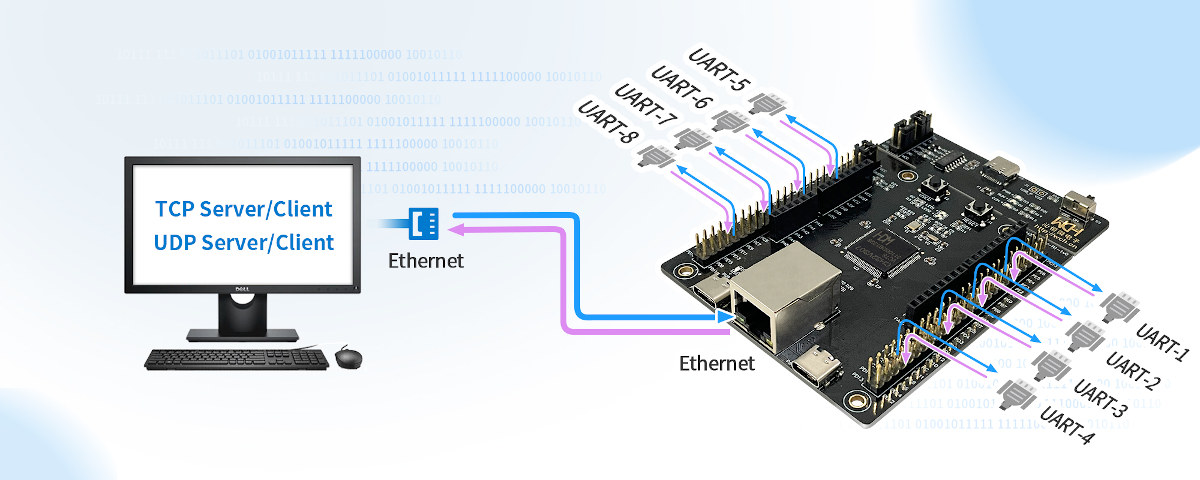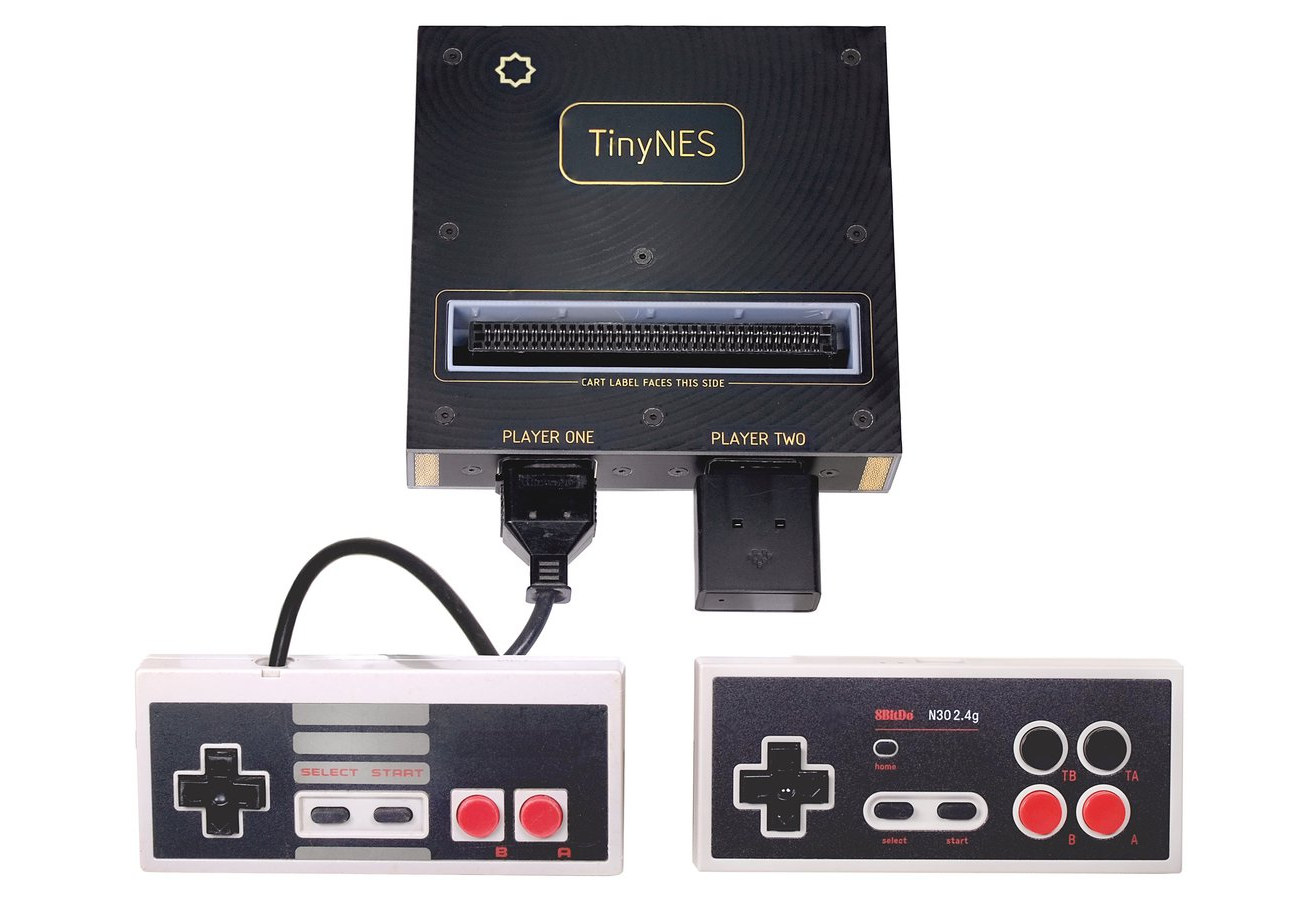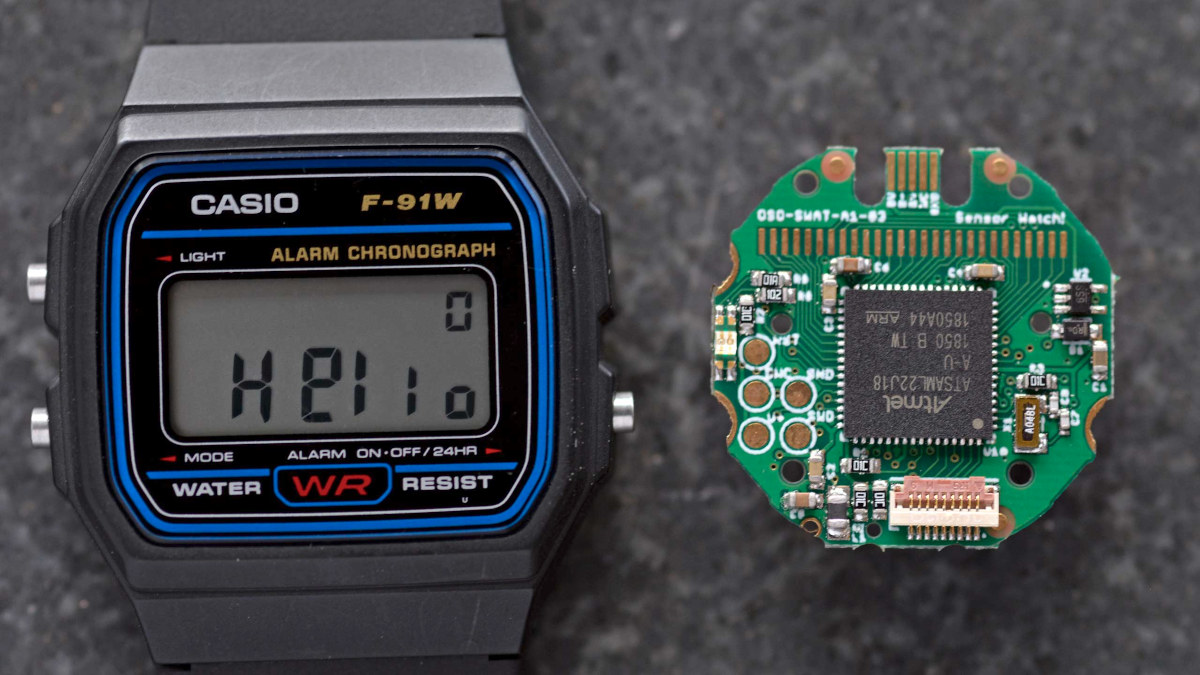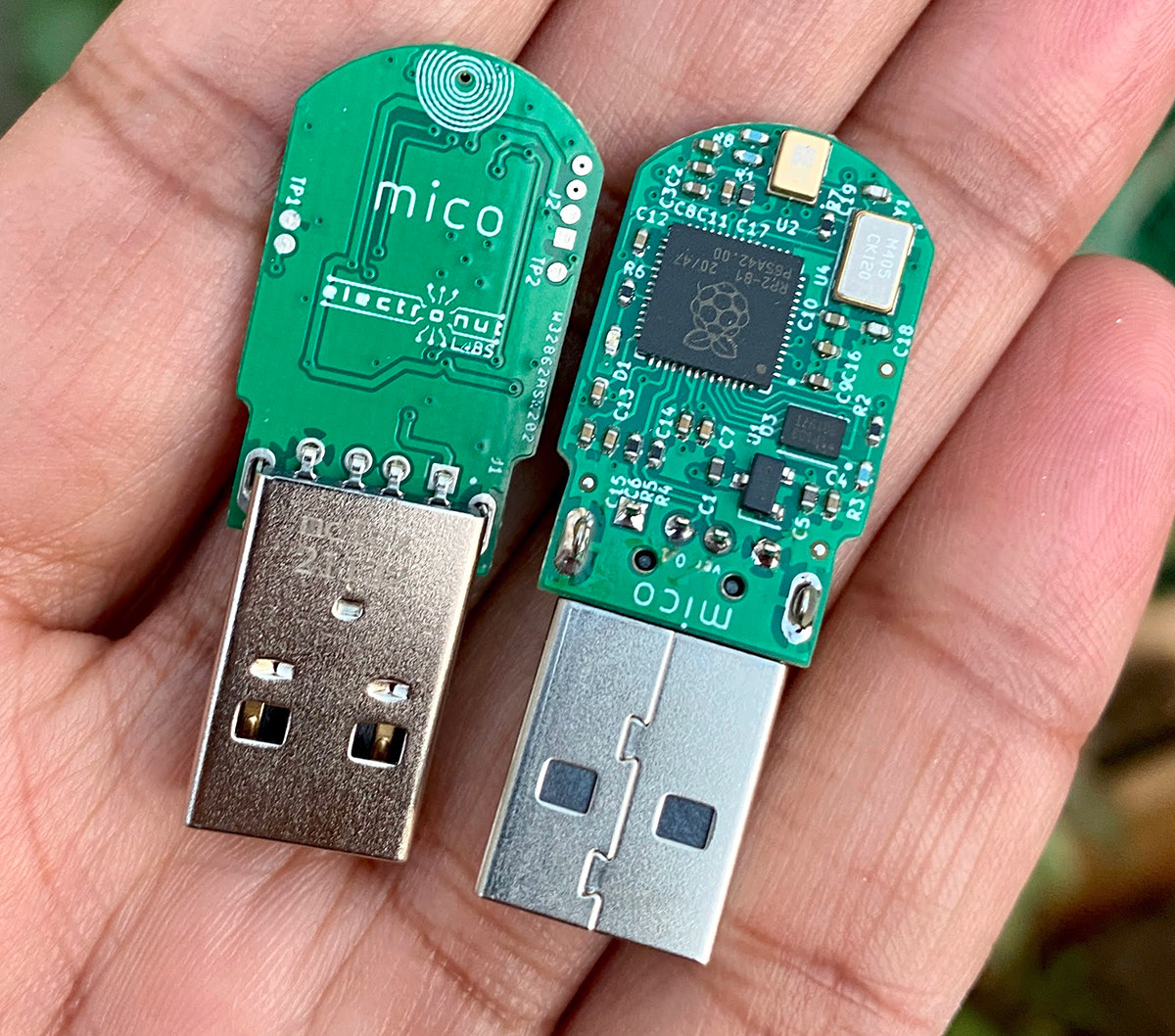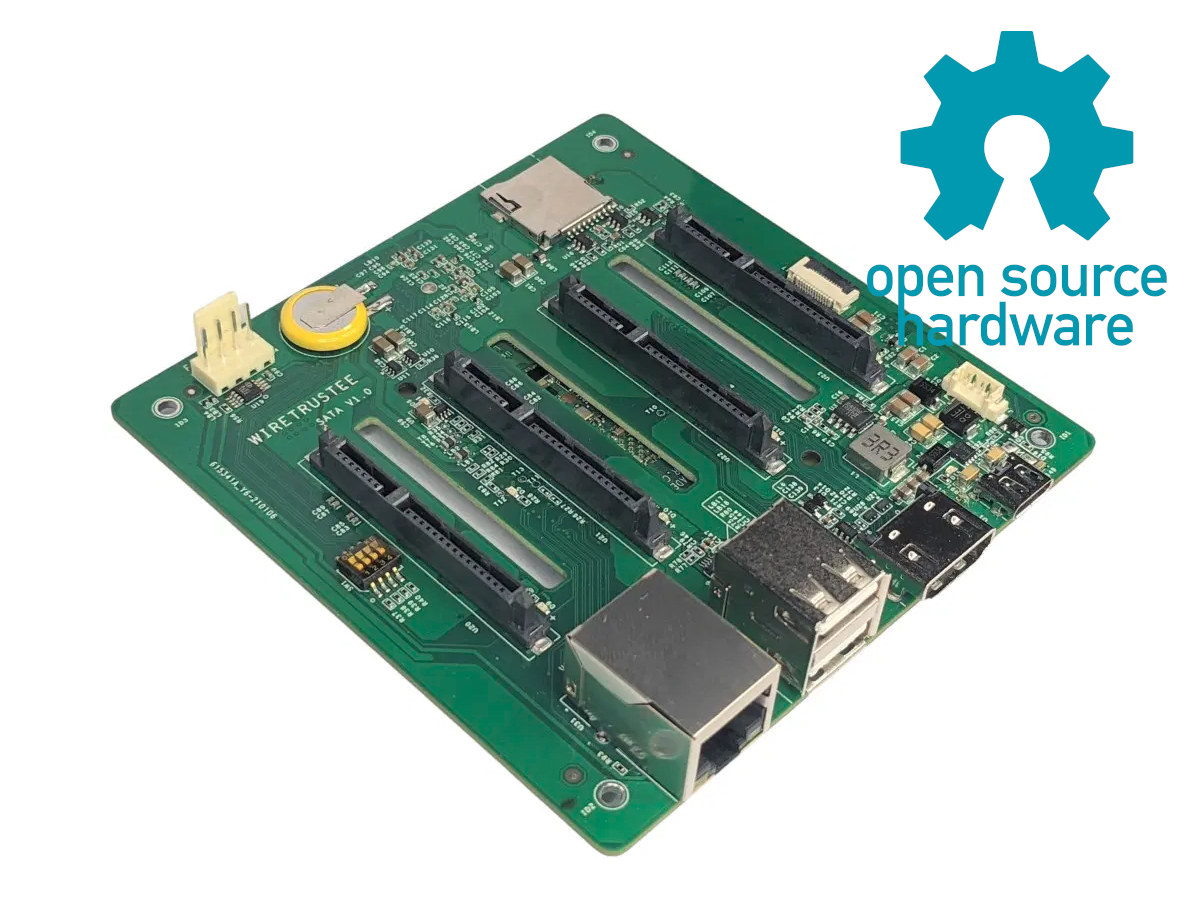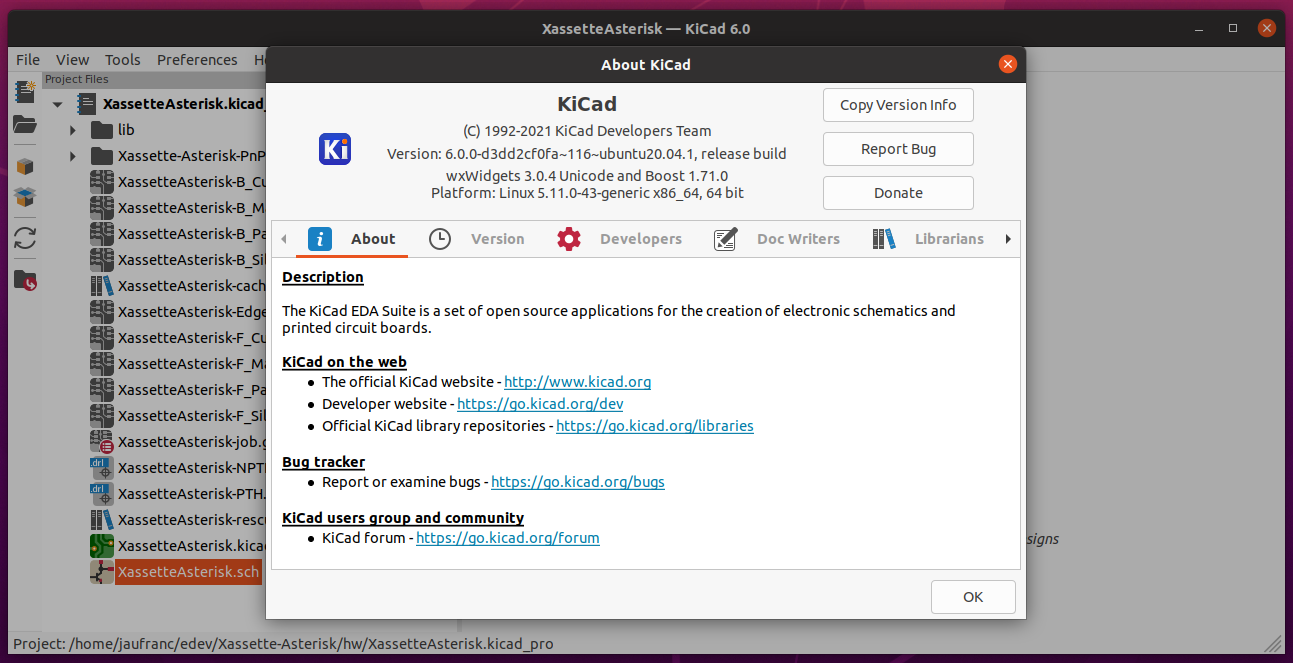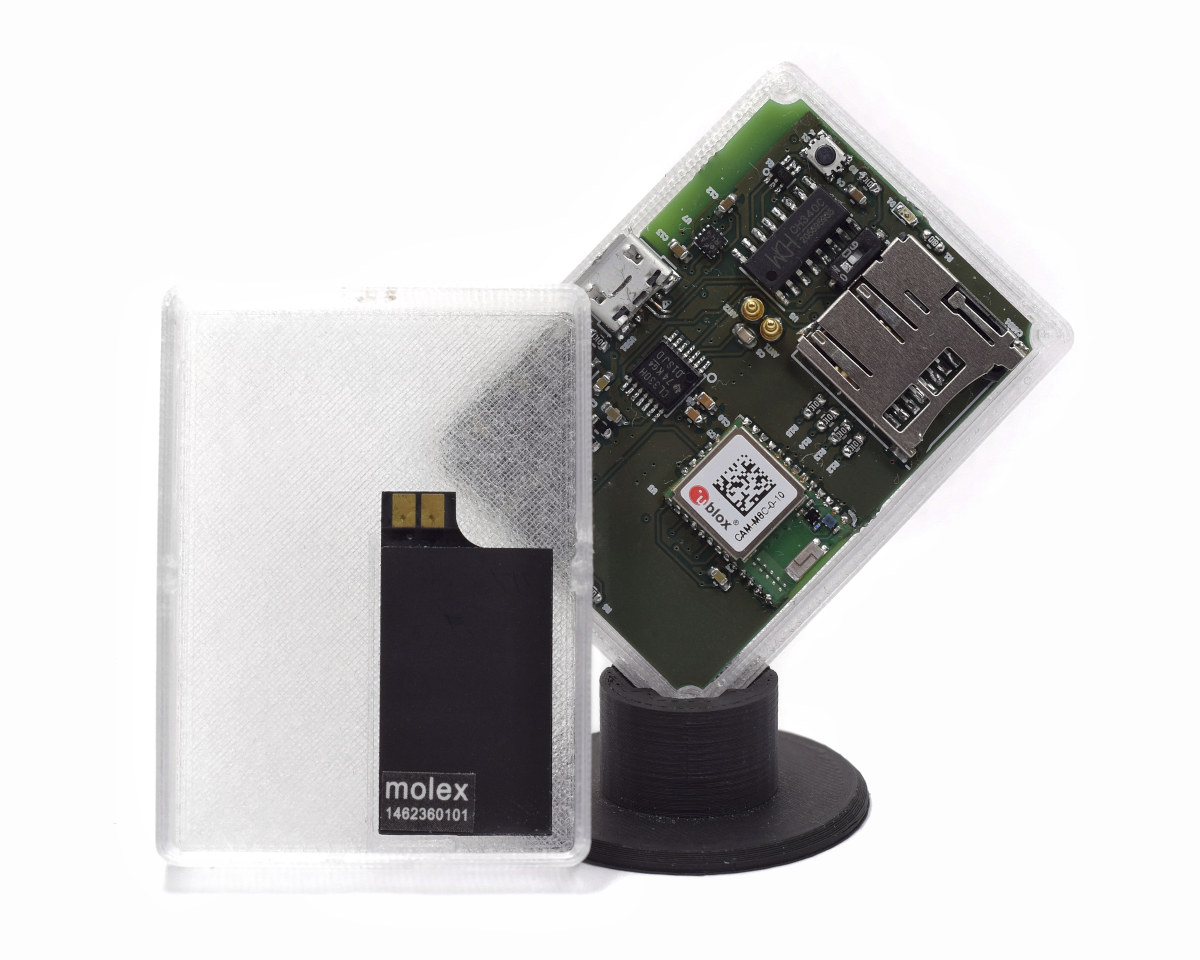While typically taking place in Brussels, Belgium, FOSDEM 2022 will take place online just like FOSDEM 2021 due to COVID-19 restrictions. The good news is that it means anybody can attend it live from anywhere in the world, and makes it more like “FOSDIM”, replacing European with International, in “Free and Open Source Developers’ European Meeting”. FOSDEM 2022 will take place on February 5-6 with 637 speakers, 718 events, and 103 tracks. I’ve made my own little virtual schedule below mostly with sessions from the Embedded, Mobile and Automotive devroom, but also other devrooms including “Computer Aided Modeling and Design”, “FOSS on Mobile Devices”, “Libre-Open VLSI and FPGA”, and others. Saturday, February 5, 2022 12:30 – 13:00 – Five mysteries in Embedded Linux by Josef Holzmayr Once you start out in embedded Linux, there is a lot to do. Some things are obvious, some less so. First and foremost, […]
WCH CH32V307 RISC-V development board features 8 UART ports controlled over Ethernet
CH32V307V-EVT-R1 is a development board based on WCH CH32V307 RISC-V microcontroller with an Ethernet port, an USB Type-C port, and eight UART interfaces accessible through headers. As we noted in our article about CH583 Bluetooth 5.3 RISC-V microcontroller, WCH (Jiangsu Qin Heng) has started to share resources like datasheets and code samples through Github. They’ve done the same again for CH32V307 with schematics (PDF only), a datasheet in English, and firmware either bare metal or based on RT-Thread OS to control the eight serial interfaces over Ethernet. Let’s check CH32V305 and CH32V307 MCU specifications first: MCU core – WCH designed RISC-V4F 32-bit RISC-V core up to 144MHz FPU – Single-cycle multiplication and hardware division, hardware float point unit (FPU) ; Memory – Up to 64KB SRAM Storage – Up to 256KB Flash Networking – Gigabit Ethernet MAC, 10 Mbps PHY USB – 1x USB 2.0 OTG full-speed interface, 1x USB […]
TinyNES – An open-source game console features original or cloned Ricoh RP2A03 & RP2C02 chips (Crowdfunding)
Tall Dog Electronics’ TinyNES (Tiny Nostalgia Evocation Square) is an open-source hardware game console compatible with NES cartridges and featuring the original MOS 6502-based Ricoh RP2A03 CPU (central processing unit) and the Ricoh RP2C02 PPU (picture processing unit) found in the Nintendo NES, although clones may be also used in the future due to the lack of availability. Designed to offer the same experience as the original Nintendo NES, the console comes with two NES controller ports, a cartridge slot, RCA video composite and mono audio outputs, and all electronics is housed in an FR-4 enclosure, the same material used for most PCBs. TinyNES specifications: CPU – MOS 6502-based Ricoh RP2A03 central processing unit, or UMC UA6527 clone PPU – Ricoh RP2C02 picture processing unit, or UMC UA6528 clone Cartridge slot for NES cartridges Controller ports – 2 original NES-style 7-pin controller ports Video – NTSC composite (CVBS) analog […]
Microchip SAM L22 board makes Casio F-91W watch more customizable (Crowdfunding)
Casio F-91W is a popular watch that was first released in 1989, and it is still sold today for around $15. The team at “Oddly Specific Objects” decided to create the “Sensor Watch” open-source hardware board based on Microchip SAM L22 Cortex-M0+ microcontroller that can replace the electronics inside the watch. They still keep the display and enclosure and wristband from the original Casion F-91W watch, but the new board connects to a temperature sensor board, and more importantly, provides the ability to hack/program the watch with your own code, besides the few samples provided, or even design your own sensor board. Sensor Watch board specifications: MCU – Microchip SAM L22 Arm Cortex M0+ microcontroller @ 32 MHz with 32KB RAM, 256 KB of Flash with up to 16 KB EEPROM emulation area Display – Controller for 10-digit segment LCD, plus five indicator segments USB – 1x Micro USB PCB […]
Mico – A USB microphone based on Raspberry Pi RP2040 MCU
Raspberry Pi RP2040 dual-core Cortex-M0+ microcontroller has found its way into Mico, a compact USB microphone with a PDM microphone providing better quality than cheap USB microphones going for one or two dollars or even 5 cents shipped for new Aliexpress users. The project started when Mahesh Venkitachalam (Elecronut Labs) was doing audio experiments with Machine Learning on the Raspberry Pi, and found out USB microphone dongles were extremely noisy with poor (distance) sensitivity, so he completed the project with a high-quality I2S microphone instead. He then had the idea of making his own USB microphone and found out Sandeep Mistry had already developed a Microphone Library for Pico, so he mostly had to work on the hardware that’s how Mico Raspberry Pi RP2040 USB microphone came to be. Mico specifications: MCU – Raspberry Pi RP2040 dual-core Cortex-M0+ microcontroller @ up to 133 MHz with 264KB SRAM Storage – 128Mbit […]
Phased out Raspberry PI CM4 quad SATA carrier board becomes open-source hardware
Wiretrustee carrier board for Raspberry Pi CM4 was unveiled about one year ago with four SATA connectors to help people build their own 4-bay NAS. Unfortunately, the company decided to discontinue the project due to the semiconductors market situation. The good news is the board is now open-source hardware with all resources shared publicly including the Allegro schematics and PCB layout, Gerber files, 3D models for the heatsink, and case designs for 2.5-inch or 3.5-inch drives. All files are available under “CERN Open Hardware Licence Version 2 – Permissive”. Here’s a quick reminder about the Wiretrustee board specifications: Supported SoM – Raspberry Pi Compute Module 4 and 4 Lite Storage 4x SATA 2.0 via Marvell 88SE9215 (PCIe 2.0 x1 to 4 6Gb/s SATA ports, no HW RAID) MicroSD card slot Video Output – HDMI 2.0 up to 4Kp60 Networking – 1x Gigabit Ethernet port USB – 2x USB 2.0 ports […]
KiCad 6.0.0 released with revamped user interface, thousands of changes
It took around 3.5 years of development to release KiCad 6.0.0 open-source EDA suite, as the previous major release, KiCad 5.0.0, was introduced in July 2018. KiCad 6.0.0 comes with a refreshed user interface that’s supposed to reduce the barriers of entry for new users and users switching from other design software with notably the schematic and PCB editors now feeling like being from the same program instead of completely different tools. As noted by the developers, it’s difficult to summarize all the changes because of the thousands of updates made between KiCad 5 and KiCad 6, but here are some highlights: Revamped schematic editing with the object selection and manipulation paradigm as the PCB editor, and several new features such as net classes, one-click wire start, intersheet references Brand-new schematic and symbol library file format allowing embedded symbols Redesign of the PCB design tool with new options such as […]
Unsurv offline – An ESP32 GNSS receiver board with NFC, accelerometer (Crowdfunding)
Unsurv offline is a compact and lightweight board with ESP32 WiSoC, a GNSS receiver, an accelerometer, and NFC capabilities to help developers/users collect and analyze location data in a privacy-friendly way. Unsurv Technologies initially developed the board to better understand offline video surveillance with OpenStreetMap (OSM) data. It does so by using a database of camera locations from the OSM on the SD card, “counts” surveillance cameras as you walk past them, and you can then transmit data via NFC and visualize it on your smartphone. The accelerometer is used to wake up the board from deep sleep upon detection of motion. The company has now made the board open-source and other applications are also possible. Unsurv offline specifications: Wireless modules TTGO T-micro32 WiFi 4 and Bluetooth 4.2 module based on ESP32-PICO-D4 SiP with dual-core ESP32 processor, 4MB FLASH, ceramic antenna U-blox CAM-M8C (aka u-blox M8) module with concurrent reception […]



